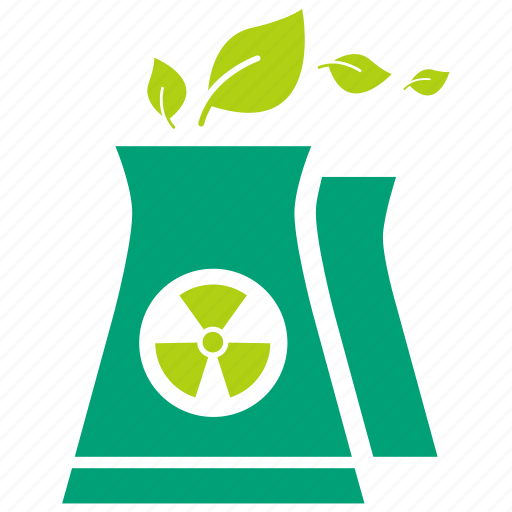Reactors could help Asian country’s net zero transition.
Thai power company Global Power Synergy Public Company Limited (GPSC) has signed a memorandum of understanding with Denmark’s Seaborg Technologies to explore the potential deployment of Seaborg’s compact molten salt reactor (CMSR) floating “power barge” in Thailand.
Under the MoU, GPSC and Seaborg will assess how the CMSR power barge could be used in Thailand to support the Southeast Asian country’s transition to net-zero.
The study – expected to take about four years to complete – is intended to explore the use of electricity generated from Seaborg´s Power Barge to feed directly into the grid and to explore the potential use of the steam generated during operations.
Thailand has no commercial nuclear plants, but the US said in 2022 it was planning to help the government build capacity for the deployment of advanced nuclear reactor technologies.
Seaborg’s design is for modular CMSR power barges equipped with between two and eight 100 MW CMSRs, with an operational life of 24 years. In a CMSR reactor, the fuel is mixed with molten fluoride salt, which also acts as a coolant. According to Seaborg, this provides significant safety benefits.
Seaborg has signed a number of agreements for the potential deployment of its nuclear power barges and recently submitted a proposal to offer the technology for a first nuclear facility in Sri Lanka.
Last year Korea Hydro & Nuclear Power and shipbuilder Samsung Heavy Industries of South Korea announced a consortium with Seaborg to develop floating nuclear plants using Seaborg’s CMSR technology.
Floating nuclear plants are seen as a potential method of providing power to isolated regions and also for industry, mines, armed forces and disaster relief. According to the International Atomic Energy Agency, they can be built in a factory, assembled in a shipyard and transported to a site, all of which may help to speed up construction and keep costs down.
The agency has said Canada, China, Denmark, South Korea, Russia and the US are each working on marine small modular reactor designs with some in advanced development.
In May 2020, Russia began commercial operation of what is so far the world’s only floating nuclear power station, the Akademik Lomonosov, docked at the port town of Pevek in Russia’s far east Chukotka autonomous district.
@Emil Great idea. I guess I would ask what is the holdup to build one? Why spend 4 years on a feasibility study in the midst of a climate emergency that these reactors could help address?




